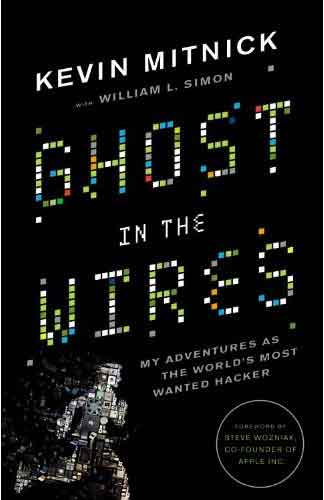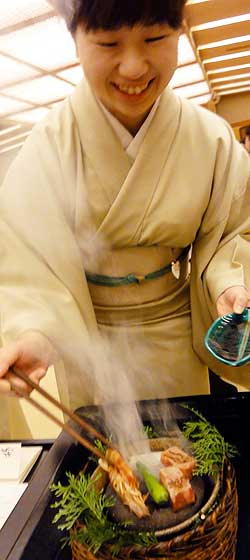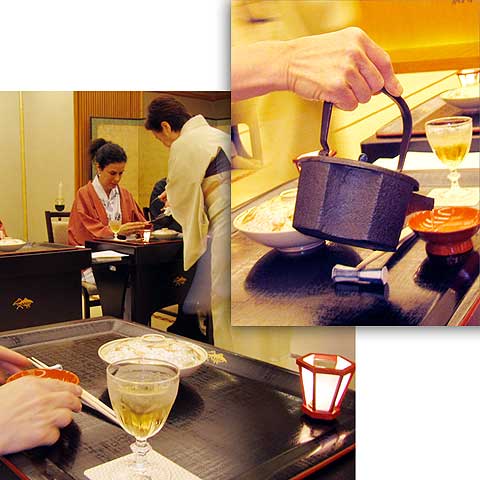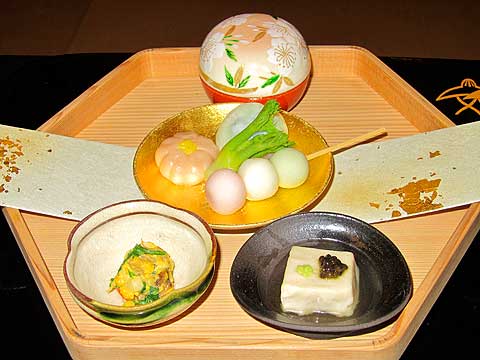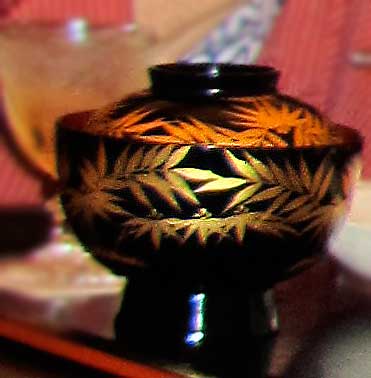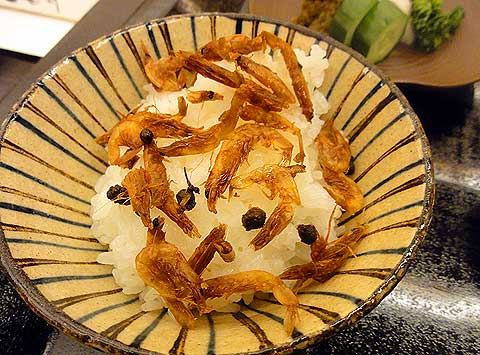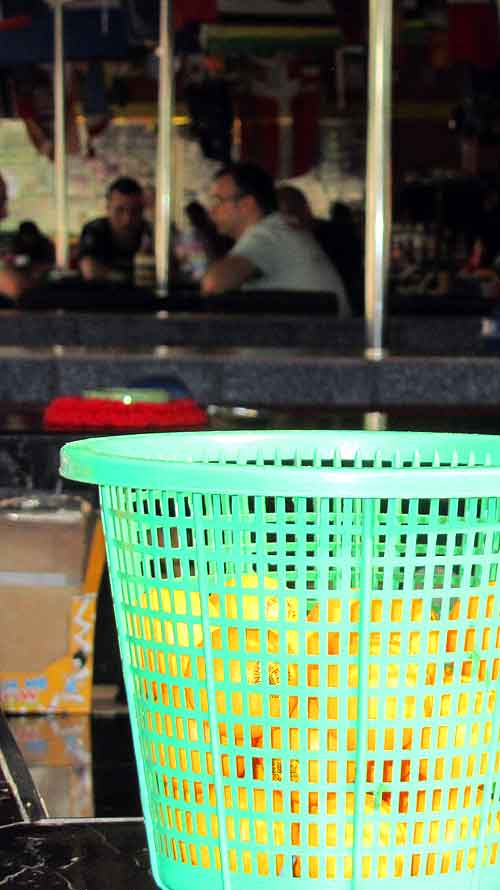
> Even more! See edit at the bottom.
10,000 shipping containers are lost at sea each year! From my naive perspective, I’m shocked by this number. Twice, I’ve sent an entire household from one continent to another by sea. To think of my container just…tumbling into the sea in a storm! Or worse, ordered jettisoned by the captain to ensure the safety of the ship.
Five to six million shipping containers are being transported at any given moment, and it’s estimated that one is lost about every hour. A goner. True, the percentage is low; but the number is high. Ten thousand containers and their cargo, every year, sunk to the bottom of the deep blue sea. Or presumably, the rough gray sea.
Containers dropped from cargo ships are never recovered and rarely reported. There are no legal repercussions for the losses; no accountability.
There are other repercussions though. Hazardous materials are leached into the ocean. Artificial habitats are created for aquatic life, strung like stepping stones along shipping routes, possibly giving species an unnatural ability to migrate across oceans.
And these cargo containers may float for days or weeks before they sink to the ocean floor. Huge farting boxes the size of houses, invisible just below the surface of the sea, they create a deadly hazard for other ships and yachts. “Very, very dangerous,” a ship’s officer told me. “At night you cannot see them at all.”
While this subject matter doesn’t quite fit my usual categories of Travel or Theft, it interests me mainly in terms of loss and responsibility (and also freak accidents). And there seems to be a huge potential for fraud.
Apparently, expediency in loading cargo ships doesn’t allow for stacking containers logically. Therefore, heavy containers may very well ride on the top layer. On the other hand. I read somewhere that top layer positions go for cheap—or was that a joke?
In a global industry represented by straight-laced and corrupt nations and every banana republic in between, I’m not surprised that:
They overload container vessels on purpose, raising the center of gravity of the ship. If there is smooth sailing, you make millions extra a year. If you hit rough seas, you cut loose your entire top layer of containers, lower your COG, and still come out ahead in the grand scheme of it all.
So, if a ship lists or rolls a container or two could go flying. Connecting pins might break or shear off, as they are designed to do at a list of a certain number of degrees. And if a ship is in danger its captain may choose to sacrifice a number of containers in the hope of saving the ship and its remaining cargo.
…essentially the shipping company is not liable for the ‘disposed [of]’ containers, either. If the shipping company has enough losses on a vessel to declare a “General Average,” then the compensation for the losses (including vessel damage, if any) are assessed against the other *customers* with cargo on that vessel.
Basically, the vessel is carrying the cargo as a courtesy; any risk of loss belongs to the owners of the cargo(s) collectively, NOT to the carrier.
So as a forwarding agent, not only do you get the pleasure of telling someone that their container of goods has been lost, you get to tell them that…¨a) they still have to pay freight shipping costs, AND…¨b) they’re going to be legally liable for their ‘share’ of whatever the general average costs work out to be
Other than keeping his average rate of loss low, there doesn’t seem to be much to motivate a captain to deliver his full complement of containers. Would it be an exaggeration to suggest that the odd seaman or two might be induced to “lose” a container now and then?
The potential for foul play intrigues me. I hear the whisper of a thumb gently rubbing two fingertips… The master of a ship turns his head away at the screech of metal scraping metal followed by a mighty splash. What might be in that locked steel box? Incriminating evidence? Treasure, bundled with a GPS transmitter, for later retrieval? Hazardous waste too costly to dispose of properly? A secret marine biology laboratory in which creepy experiments will be activated by contact with water, to be carried out in the cold, dark, compressed environment of the sea floor? Bodies?
> Edited 2/22/14 to add link to interesting article about a cargo ship that lost more than 500 containers in heavy seas.
> Edited 1/29/22 to add link to interesting article about a container collapse in which 60 were said to go overboard.
> Edited 6/2/22: In November of 2020, a ship called the one Apus, on its way from China to Long Beach, got caught in a storm in the Pacific and lost more than eighteen hundred containers overboard—more in one incident than the W.S.C.’s estimated average for a year. The same month, another ship headed to Long Beach from China lost a hundred containers in bad weather, while yet another ship capsized in port in East Java with a hundred and thirty-seven containers on board. Two months later, a fourth ship, also on its way from China to California, lost seven hundred and fifty containers in the North Pacific. When Shipping Containers Sink in the Drink


